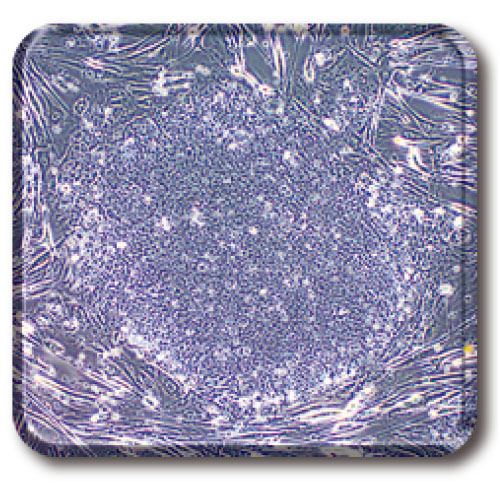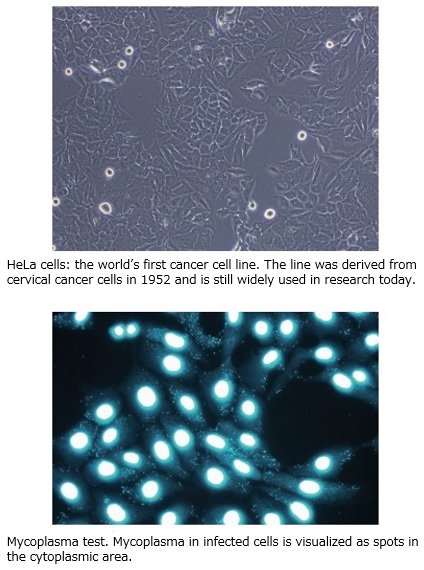
- Core Center:Cell Engineering Division, RIKEN BioResource Research Center
- Principal Investigator:Kazuaki Nakamura
- FAX:+81-29-836-9130
概要Overview
 Cultured cells, particularly immortalized cell lines, are a common resource used by many researchers around the world. They can be cryopreserved and expanded, and can thus be used whenever necessary. They have been used in many basic and medical science applications, including as factories to produce proteins. Furthermore, somatic stem cells, embryonic stem (ES) cells, and induced pluripotent stem (iPS) cells are increasingly being used in the field of regenerative medicine as cell transplantation therapy.
Cultured cells, particularly immortalized cell lines, are a common resource used by many researchers around the world. They can be cryopreserved and expanded, and can thus be used whenever necessary. They have been used in many basic and medical science applications, including as factories to produce proteins. Furthermore, somatic stem cells, embryonic stem (ES) cells, and induced pluripotent stem (iPS) cells are increasingly being used in the field of regenerative medicine as cell transplantation therapy.
Stock
・Human cell lines (e.g., cancer cell lines): about 4,300 lines
・Animal cell lines (e.g., mouse, rat): about 3,800 lines
・Human and animal ES cell lines: about 4,200 lines
・Human and animal iPS cell lines: about 1,500 lines
・Human disease-specific iPS cell lines: about 3,700 lines
Subjects in the NBRP programs related to “Human and animal cells”
【 Value addition subprogram/ Genome Information Upgrading Program 】
| FY2002 | Genome Information Upgrading Program : FY2002-FY2006 |

